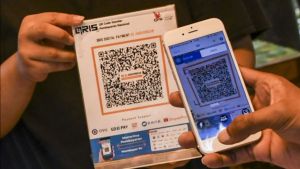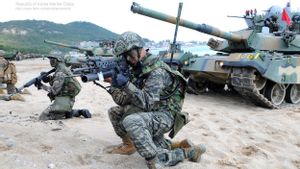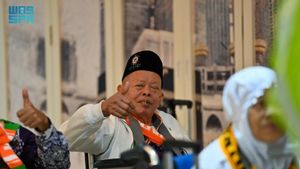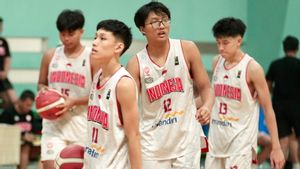YOGYAKARTA In the creation of short stories, both fiction and non-fiction, the point of view is an important element to pay attention to. In fact, this element is one way of making an interesting description of the story. The point of view helps how the story will be written. In addition, a short point of view also determines the ease of readers in understanding the story. For more details, see the following explanation.
Citing the Fiction Proses Study Book book written by Sri Widayati, the point of view is the way and or view that was used by the author to present story-forming figures, actions, backgrounds, and events.
The point of view can also be understood as a way of a story being told. Not only in short stories, but in novels or other literary works.
In the preparation of the story, the author has the freedom to determine the point of view. There are several types of perspectives that can be used, namely as follows.
This point of view positions the vorticity as the party who knows the story but it is outside the story. In its preparation, it is written that he will place himself as a eclipse in a story that tells the main character by name or node (he, they).
This point of view is divided into two types, namely a macau eddies and a limited bulwark. Mahau's curator means knowing all the things that happen in the story. Meanwhile, limited crabs only convey what is known. Usually the knowledge of vortices is limited to just one character, while other characters will be made as if they are mysterious.
An example of the third point of view of the persona is as follows.
Lila steps in the silent forest, followed by a shadow she never recognizes. The trees whispered, as if keeping a secret. In the middle of the stone circle, an old glowing mirror. Whenmired, he saw himself smiling instead of his face, but something else, waiting to come out.
In storytelling, vorticity is a character involved in a story. Usually vortices will use the me' pronoun that tells the story or becomes the main character in the story. This technique allows readers to feel everything that the character me feels. Meanwhile, other characters are complementary to the story.
Persona's first point of view is divided into two groups based on the role and position of me in a story, namely me the first character and me a companion figure.
The first character will tell everything he feels, including inner experience and real events in the story. As for the companion character, 'I'm not the main character but as the main character who knows the story.
Here are examples of stories using the point of view of the first persona.
I sat on the edge of the window, watching the rain fall like a curtain. In the past, this was our home. Now, I'm the only one left, with memories filled with empty space. The window still echoes here, but only the wind answers. I smiled, bitter, then closed the curtain slowly.
This technique combines she' allahui and she as an observer. You will use me as the main character as well as an additional character that strengthens the story.
Berikut ini contoh cerpen yang menggunakan teknik pandang campur.
SEE ALSO:
On a quiet night, Ana cried in her room, feeling betrayed by her best friend. "Why did she have the heart?" within her heart. From outside, Bima looked at the window with guilt. While I was hanging in the living room lamenting Ana and Bima's story in silence. In the distance, the moon witnessed everything. Even though the moon was silent, but he knew their story.
That's information related to a short point of view. Visit VOI.id to get other interesting information.
The English, Chinese, Japanese, Arabic, and French versions are automatically generated by the AI. So there may still be inaccuracies in translating, please always see Indonesian as our main language. (system supported by DigitalSiber.id)












